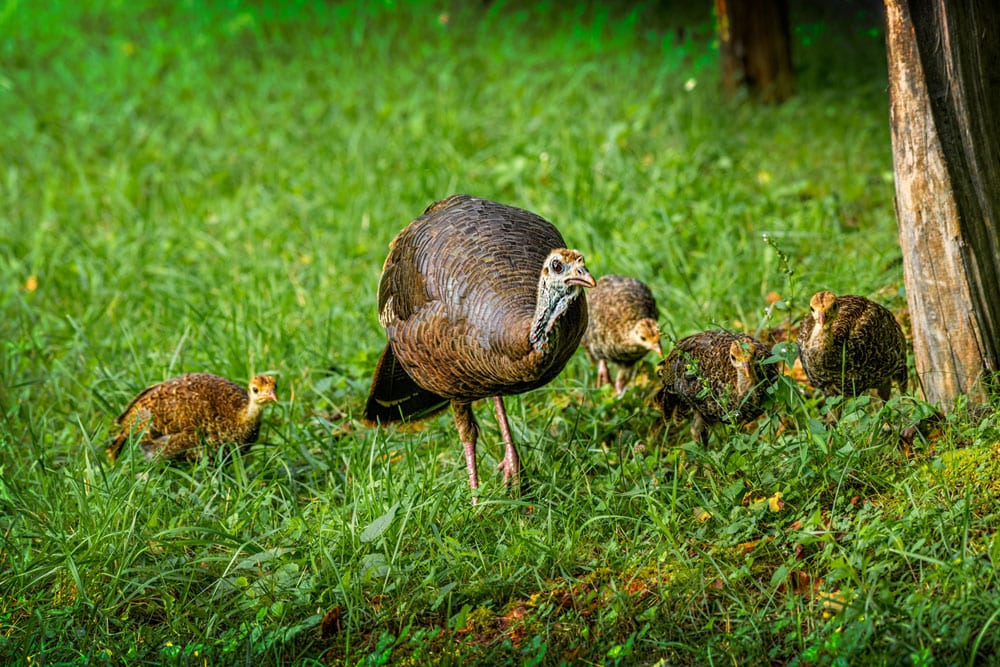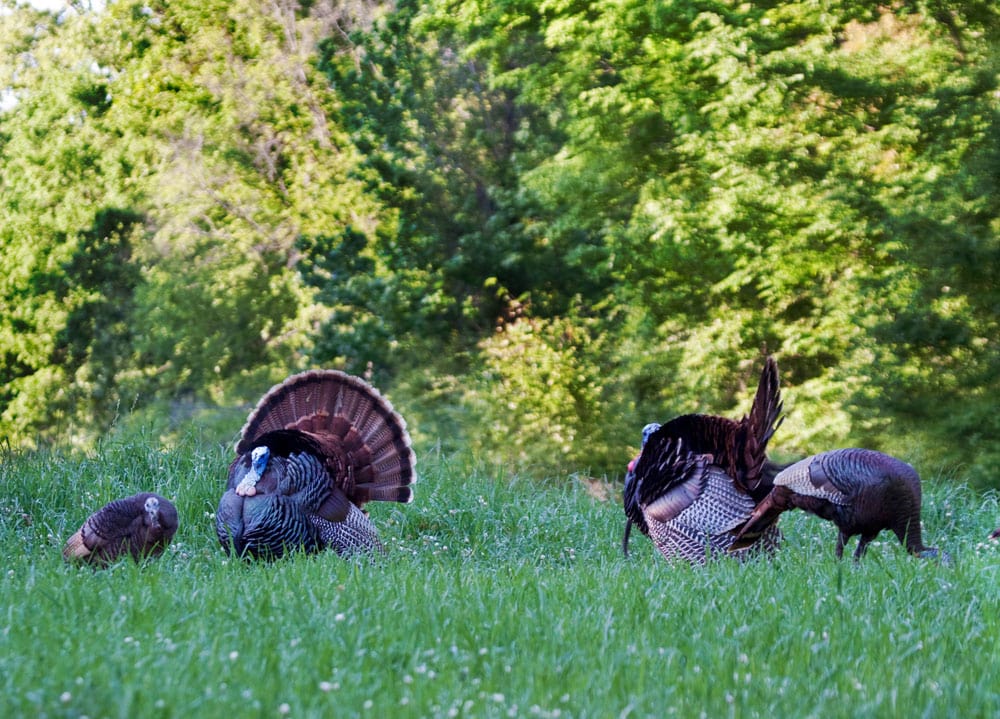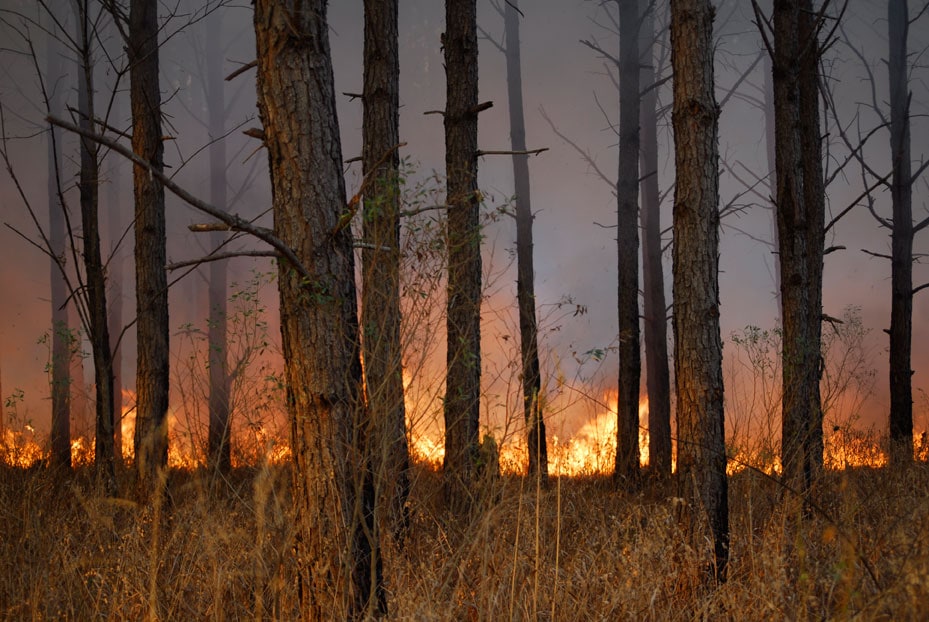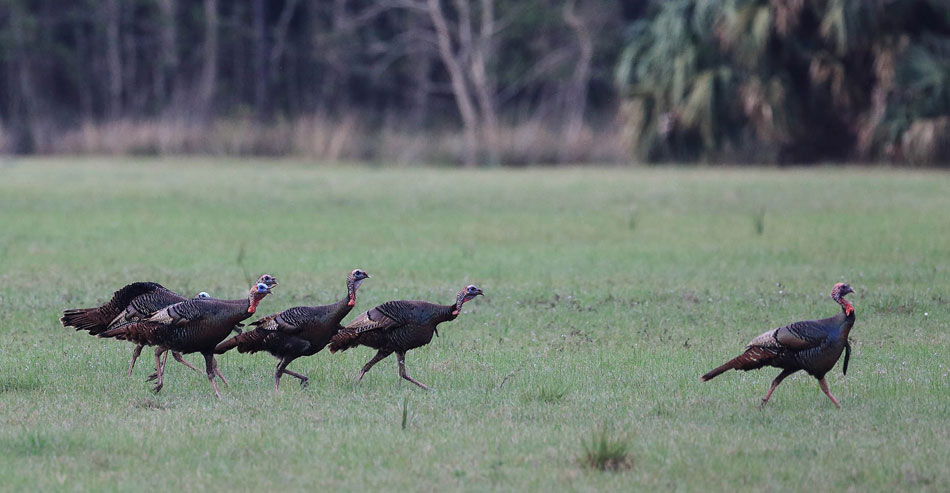David Hawley
Several years ago, I began to hear whispers of wild turkey populations declining in certain areas of traditional bastions for the wild turkey areas such as Georgia, Mississippi, Missouri, and New York. Because the quality of the hunting I was experiencing in my corner of the universe was largely the same as it had been since I began my obsession in 1995, I dismissed it as a fundraising ploy or simply fear mongering.
And then 2015 happened. In the spring of 2015, the quality of hunting I experienced due to a “very low number of gobblers heard and observed” sent me into a panic. Others around the state of Alabama were experiencing the same thing. Meetings between state biologists and concerned hunters and conservationists were held that summer. Studies into possible declines were initiated in not only Alabama but other states.
These conversations have continued with varying degrees of intensity, which typically mirrors the spring season each individual had. Studies have continued and are nearing completion in some states. So the general question is: are we likely experiencing a temporary dip, or a more alarming situation such as a long-term decline?

A FEW ALARMING FACTS
Let’s understand some historical context regarding declines. As we now know, wild turkey populations nearly “went the way of the dinosaurs” during the early 1900s, when populations were estimated around 30,000 turkeys nationwide. Concerned conservationists fought back, most notably when the National Wild Turkey Federation was founded in 1973 and wild turkey populations peaked at an estimated 7 million birds several years ago. While that estimate has now dipped to an estimated six million birds, which is certainly cause for concern, things are still far better than they were in the early 1900s, and even better than when the NWTF was founded and took on the task of increasing the then 1.3 million turkeys to their peak.
An estimated decrease of a million turkeys across the landscape is alarming, however, especially considering the frequency in which that has occurred (estimated over the past decade). The silver lining is that turkey numbers can rebound rapidly if the stars align and a strong hatch or several in a row occurs.
This is where the most alarming aspect of the current trends comes into play, and perhaps this should have been listed first. Turkeys are struggling with poult production across much of the Southeast, and that has been on a downward trend for some time.
State wildlife agencies conduct late summer poult surveys to determine brood success and model the population to ensure sustainability in the coming years. The primary metric is called “poults per hen,” which is derived via observations of the total number of hens and poults encountered. These surveys are conducted during the late summer to get the most accurate read on survival, and provide insight into the poult recruitment success of a flock.
Over the past decade, poult per hen (PPH) numbers have been below 2.0 in Alabama, Georgia, Mississippi, and South Carolina for much of the decade, with few exceptions in each, state Biologists have determined that 2.0 is essentially the “hold steady” level in which a population is not declining nor growing, and as such, below 2.0 means a declining population.

South Carolina has remained under 2 PPH since 2010. Mississippi’s PPH figures have been below 2.0 since 2001 (with the lone exception being 2012 at 2.1), and Alabama has been below 2.0 for the past six years. The important thing to understand is as these trends continue it means a lower population due to less available hens to reproduce and puts more stress on the available hens to be successful to turn things around.
Subsequently, gobbler harvest numbers have mirrored the declines in poult recruitment. If a gobbler is never born, he is awfully difficult to harvest in two years, right? As an example, Georgia’s gobbler harvest estimate has dropped from 35,000 in 2013 to 17,000 in 2018. Reduction of bag limits, and even shortening of spring seasons to enable gobblers more time to breed hens without hunter interference, are two possible regulatory options that are being weighed across the Southeast – more on this later.
WHAT IS TO BLAME?
So what is likely causing these trends? While it is true that game populations ebb and flow, and tend to have a period of decline some years after reintroduction. That still should not stop us from seeking answers. The question of, “Are we killing too many, or not raising enough,” both get thrown around a lot. That may be a two-part answer, with some truth to each theory.
In reading through the tea leaves, and analyzing the fairly stable data of the “poults observed surveys,” which measures only the hens with poults and their brood size, the issue seems to point primarily towards turkeys never being born versus being eaten or killed once hatched. This would lay the blame largely on nest predators and the habitat that enables these nest predators to be more effective.
Throughout the Southeast, the vibrant timber industry has led to the loblolly pine plantation becoming the predominant timber type, and this poses both opportunities and challenges to the wild turkey depending on one variable – prescribed fire. Once a pine plantation undergoes its first thinning between the ages of 13-16, that quality of habitat that plantation provides wildlife can go one of two directions.

If the plantation is managed with prescribed fire to control undergrowth and release forage beneficial for wildlife, it can become a turkey magnet and will increase the carrying capacity of a property in the first year via a more open understory with desired forage, and the second year with ideal nesting habitat throughout. If no fire is introduced, the stand likely becomes a sweet gum and saw-briar thicket, and this reduces the carrying capacity of a property and encourages edge nesting and subsequent higher probabilities of predation.
One could argue that due to the large swaths of pine-dominated land throughout traditional turkey bastions that, the southern wild turkey has become a fire-dependent species. Unfortunately, the percentage of pine plantations burned each year are likely a low number, and thus, the wild turkey is the collateral damage from the resistance of landowners to engage in this vital and historic land management practice.
While the relative absence of prescribed fire is troublesome, there are other habitat concerns abound. The reduction of mature hardwood stands through logging, and those stands being replanted in pines, as well as the fragmentation that abounds via logging, development, and land use changes in general, likely have adverse impacts on turkey populations and how turkeys reproduce and evade predators.
Great habitat reduces the importance of aggressive predator control, and poor habitat increases that importance exponentially. Turkey populations are like a snowball, and if conditions align for great hatches in consecutive years, populations can begin to expand rapidly. The converse effect is that fewer and fewer turkeys increase the need for those highly successful hatches.
With regards to predators, due to the collapse of the fur market, few dedicated trapping professionals exist anymore. While recreational trappers seem to be increasing, will these be enough to curb exploding predator populations? No one can say for sure. Additionally, one has to believe the exploding feral hog populations have had an impact.
WHERE DO WE GO FROM HERE?

The reality is that there are struggles in raising turkeys across much of the Southeast – the statistics do not lie. However, it is important to note that not every tract of land or even larger locale has experienced these declines. In areas where the habitat is great across a large scale and people engage in management practices such as prescribed burning, predator control, turkey-focused food plots and responsible harvest, turkey numbers have likely never waned and may not unless factors change. What is concerning is that the number of areas that possess marginal to even poor habitat is increasing, or at least by my observation it is.
For many years the intensity of management required to maintain stable or increasing wild turkey populations was likely low. The land itself carried much of the burden. Due to the aforementioned changes in the landscape, we as gamekeepers must meet Mother Nature halfway.


